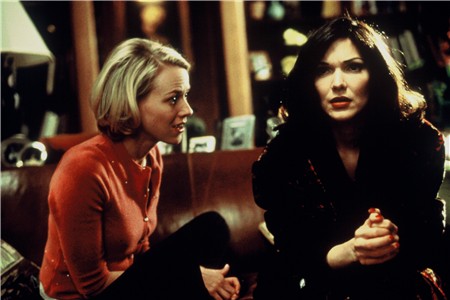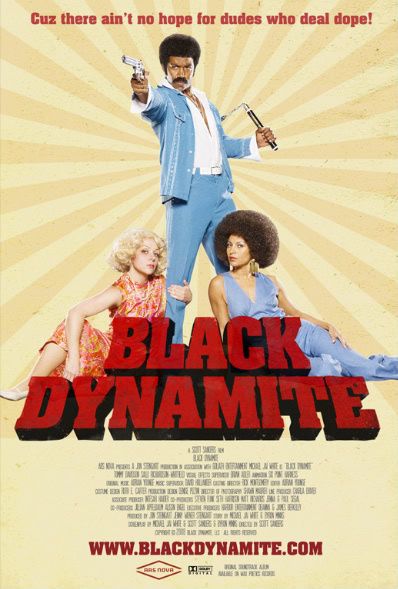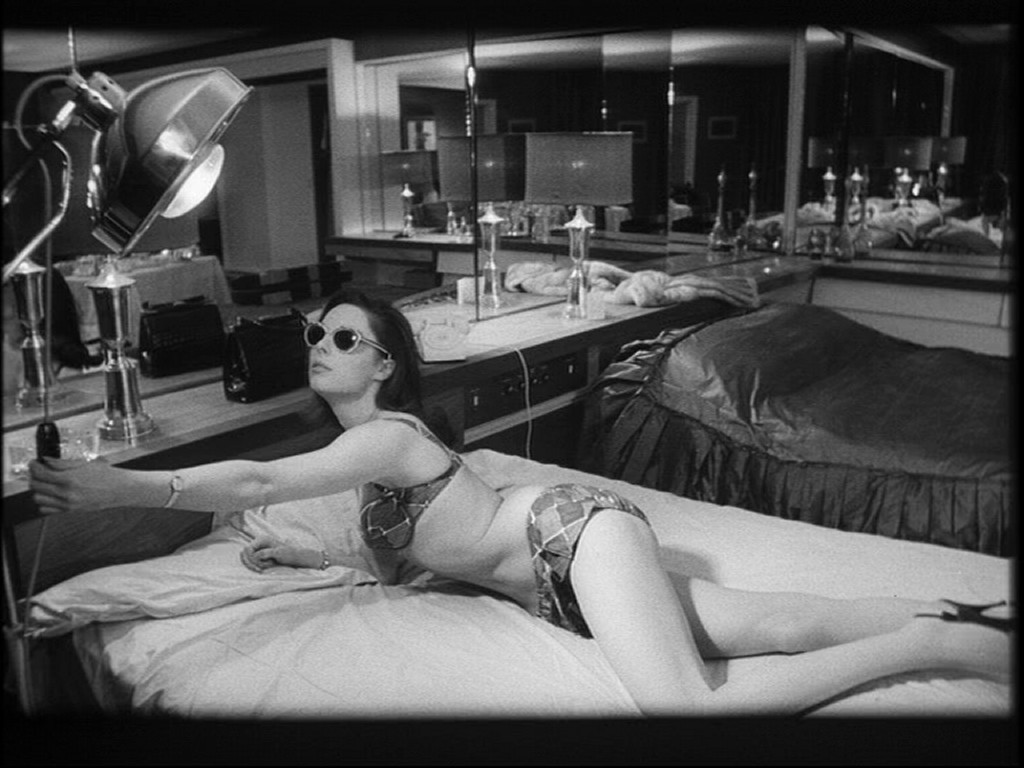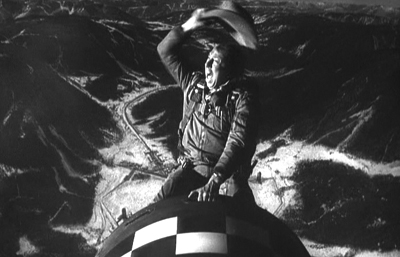
I think the description on the poster above describes this movie perfectly. The movie therefore fits the model that Dr. McRae says is post modern. The movie looks like a ton of movies squished together. I still have a problem with the whole idea of postmodernism. Maybe the idea of using all of these references is to twist the way we think about those references using the context of the story that the references are used in?
The beginning is like most westerns you can see where there is a gang who controls the town and creates a lawless area that controls all the areas that the narrator describes except pig sty alley. Everyone is so poor here that the axe gang has no interest. Everyone in the alley exists like a western town does. Self sustaining without any help from the outside world.
As we progress further into the film we get some very exaggerated styles Kung Fu movies that I believe make fun of the genre in general. Some of the action becomes animated and ridiculous with exaggerated features, the lips. and fight scenes that turn into something from looney toons. I feel that all of this is on purpose to make the point that kung fu movies are so ridiculous that they are basically like cartoons.
 The fight scene showed here is at the end of the movie after our main characters chi has been cleared out. He is called "the one" and takes on a bunch of generic thugs wearing black suits. *cough* matrix *cough*. In class we discussed that the choreographer for this movie is also the one that did the Matrix movies. We also get the guy that is more powerful than any of the masters that we had met before in the movie. Someone who is totally incompetent 15min before in the film. Could now defeat him outrightly after he was near death, or maybe even dead for a short period which they do not say in Kung Fu Hustle. This again is another plot point of the first matrix movie.
The fight scene showed here is at the end of the movie after our main characters chi has been cleared out. He is called "the one" and takes on a bunch of generic thugs wearing black suits. *cough* matrix *cough*. In class we discussed that the choreographer for this movie is also the one that did the Matrix movies. We also get the guy that is more powerful than any of the masters that we had met before in the movie. Someone who is totally incompetent 15min before in the film. Could now defeat him outrightly after he was near death, or maybe even dead for a short period which they do not say in Kung Fu Hustle. This again is another plot point of the first matrix movie.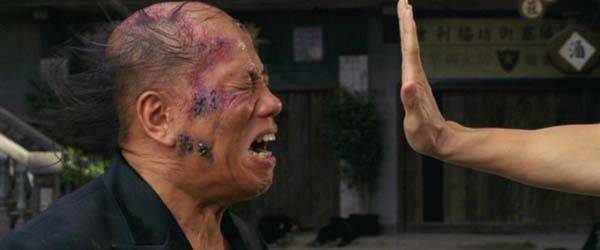 Another piece of Japanese culture that kept rattling through my brain throughout the movie is Dragon Ball. The animated series follows an alien on Earth named Goku. Goku learns to channel his energy, "chi," and use it in bursts of energy that are ridiculous. The do it with concentration and somewhat silly hand motions that are ridiculous. It has become a mocking point in anime culture.
Another piece of Japanese culture that kept rattling through my brain throughout the movie is Dragon Ball. The animated series follows an alien on Earth named Goku. Goku learns to channel his energy, "chi," and use it in bursts of energy that are ridiculous. The do it with concentration and somewhat silly hand motions that are ridiculous. It has become a mocking point in anime culture. The other reference is to the Blues brothers. He bring in another ridiculous thing. The blues brothers has little to nothing to do with kung fu but I feel like Stephen Chow makes fun of how important they feel there music is in their movie.
The other reference is to the Blues brothers. He bring in another ridiculous thing. The blues brothers has little to nothing to do with kung fu but I feel like Stephen Chow makes fun of how important they feel there music is in their movie.I feel that the pastiche held in the movie Kung Pow is to point to the ridiculousness in the different genre's we see today including Kung Fu!

